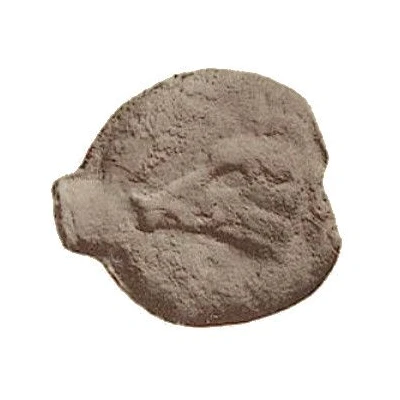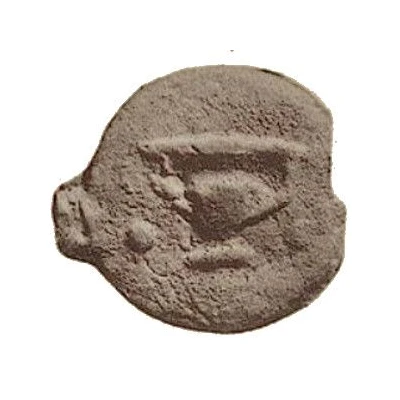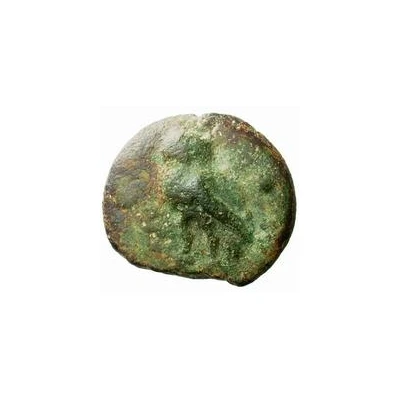


© Ernst Haeberlin; 1910. "Aes Grave". Joseph Baer, Frankfurt, Germany (CC0)
1 Sextans 301 BC - 201 BC
| Bronze | 41.25 g | 35 mm |
| Issuer | Uncertain city of Central Italy |
|---|---|
| Type | Standard circulation coin |
| Years | 301 BC - 201 BC |
| Value | Sextans (⅙) |
| Currency | As (circa 301-201 BC) |
| Composition | Bronze |
| Weight | 41.25 g |
| Diameter | 35 mm |
| Shape | Round (irregular) |
| Technique | Cast |
| Demonetized | Yes |
| Updated | 2024-10-10 |
| Numista | N#186543 |
|---|---|
| Rarity index | 100% |
Reverse
Cantharus with one dot on either side.
Edge
Plain
Interesting fact
The Sextans coin was used in ancient Rome as a form of currency, and its name comes from the Latin word "sextans," which means "one-sixth." This is because the Sextans coin was equal to one-sixth of a Roman pound, which was the standard unit of weight in ancient Rome. The fact that the Sextans coin was made of bronze and weighed 41.25 grams suggests that it was a relatively small and lightweight coin, making it easy to handle and transport.



